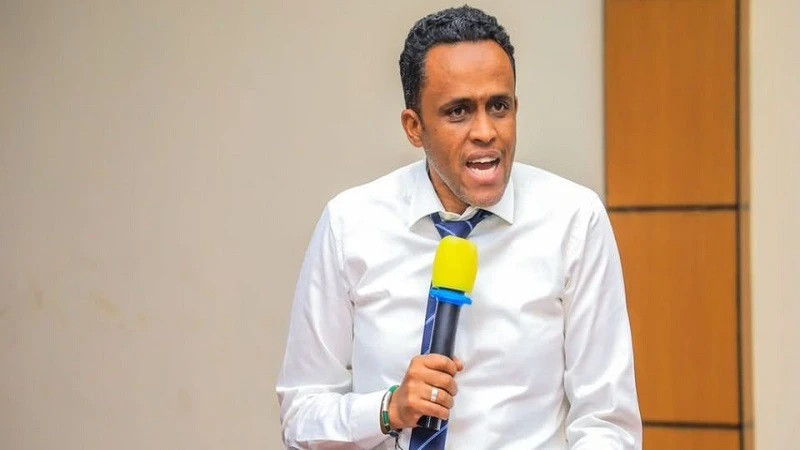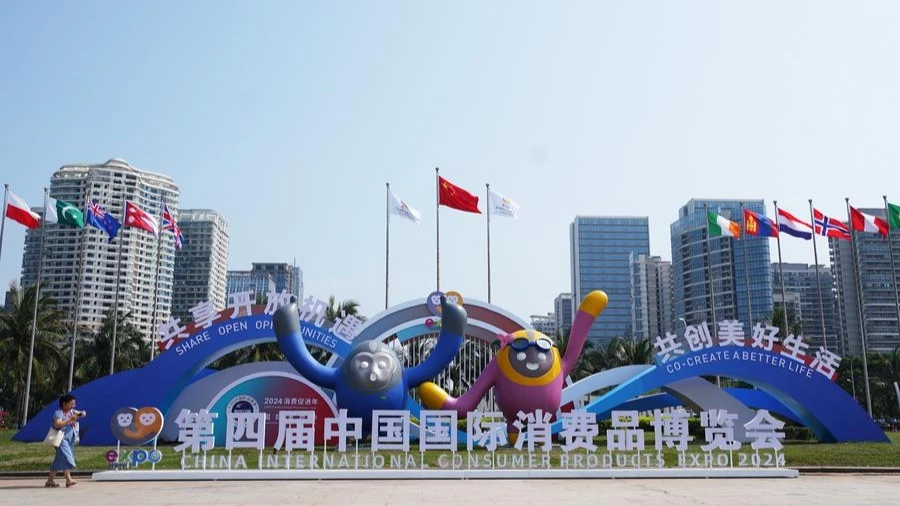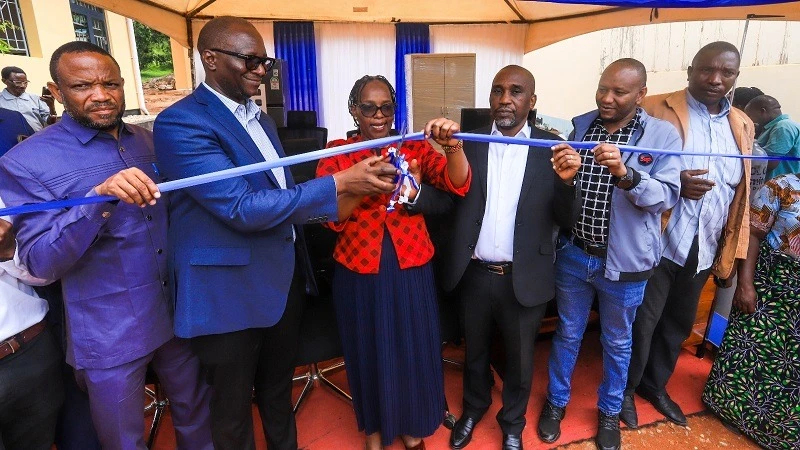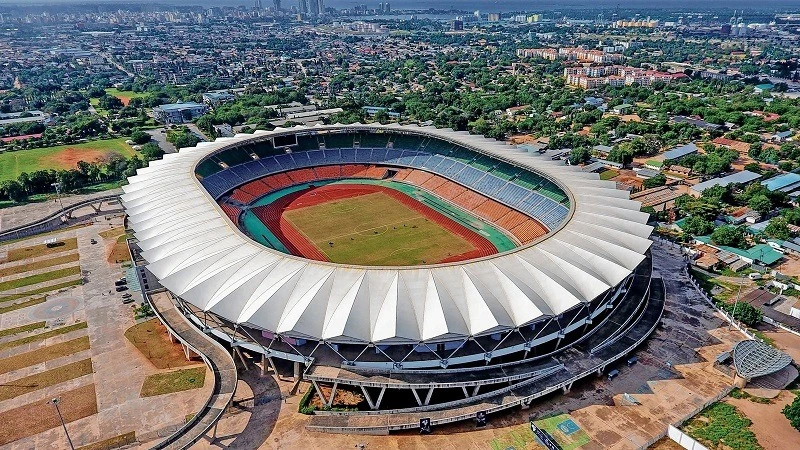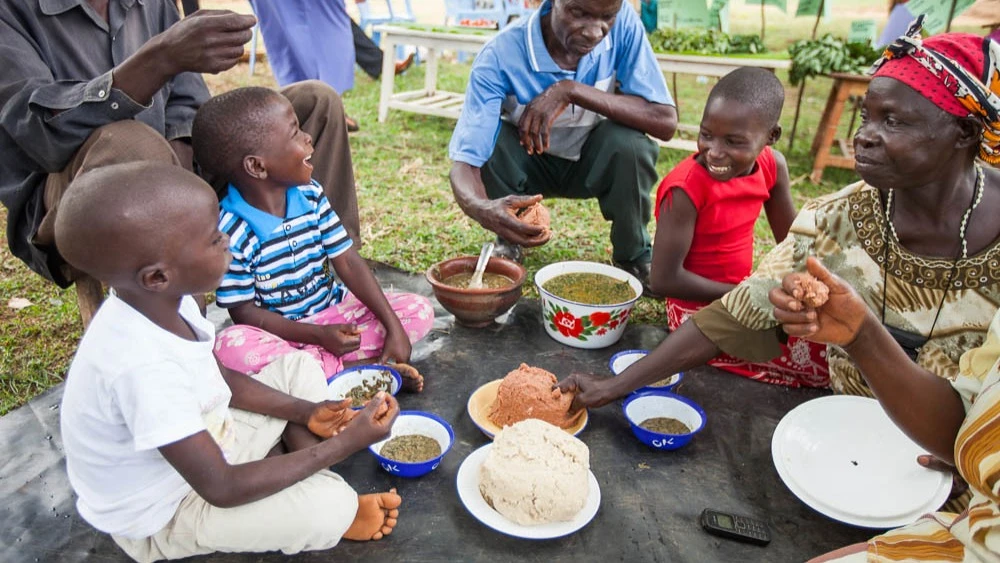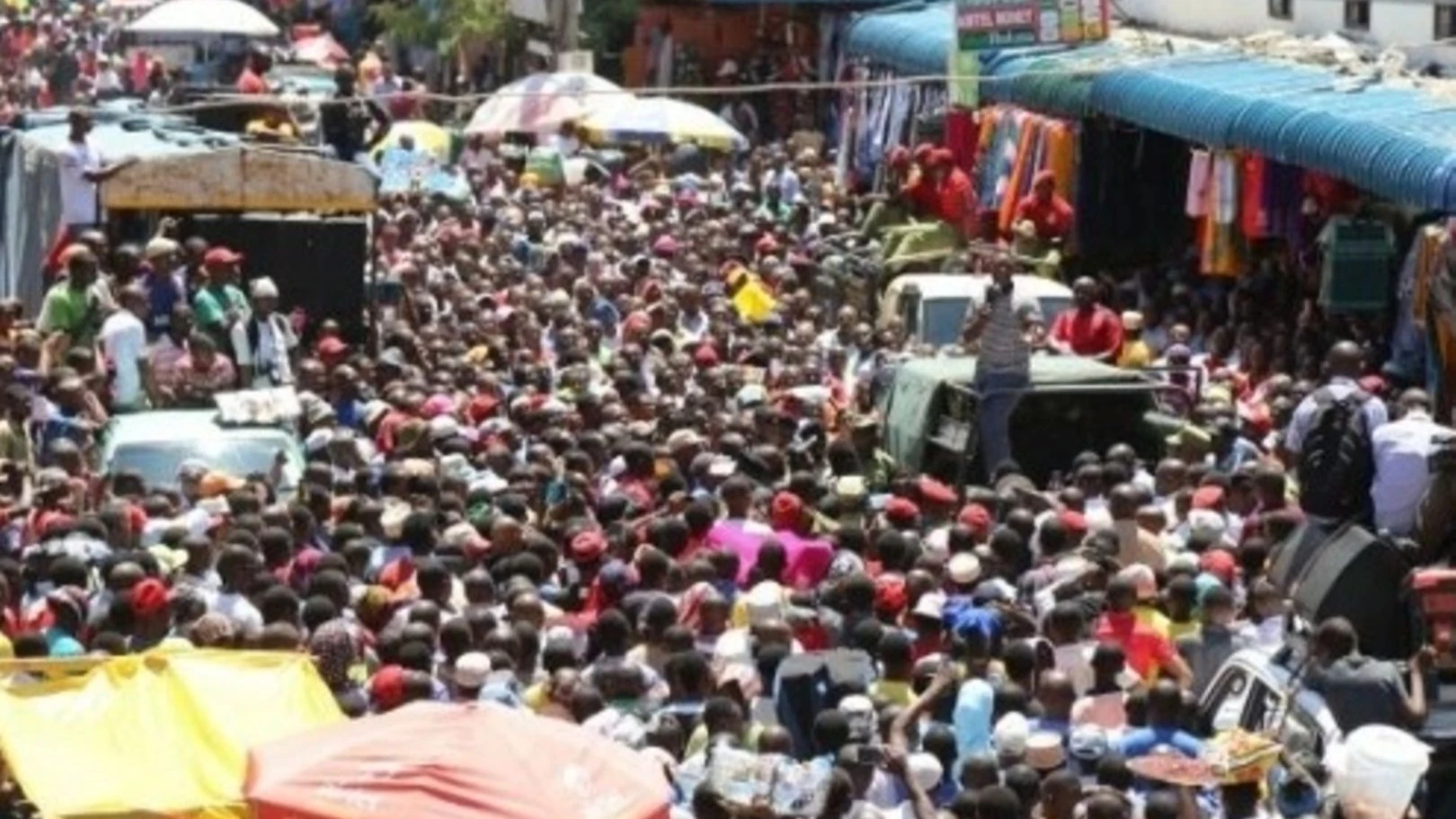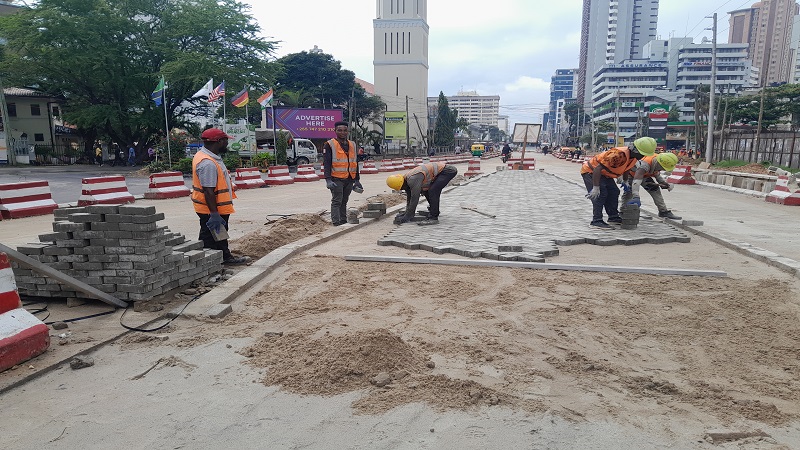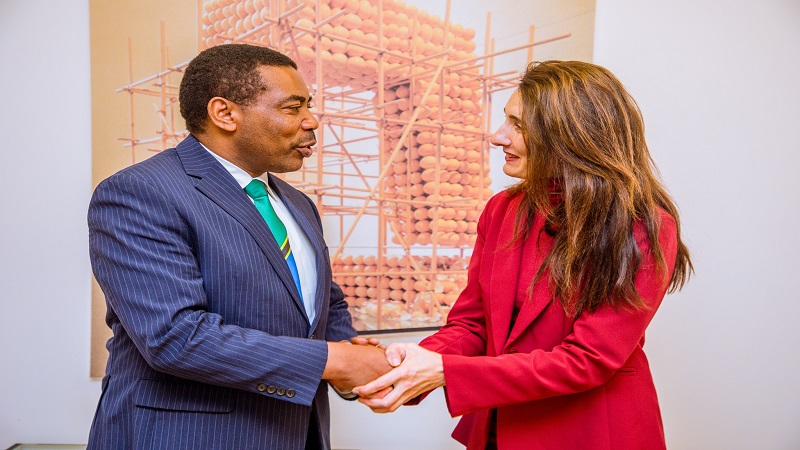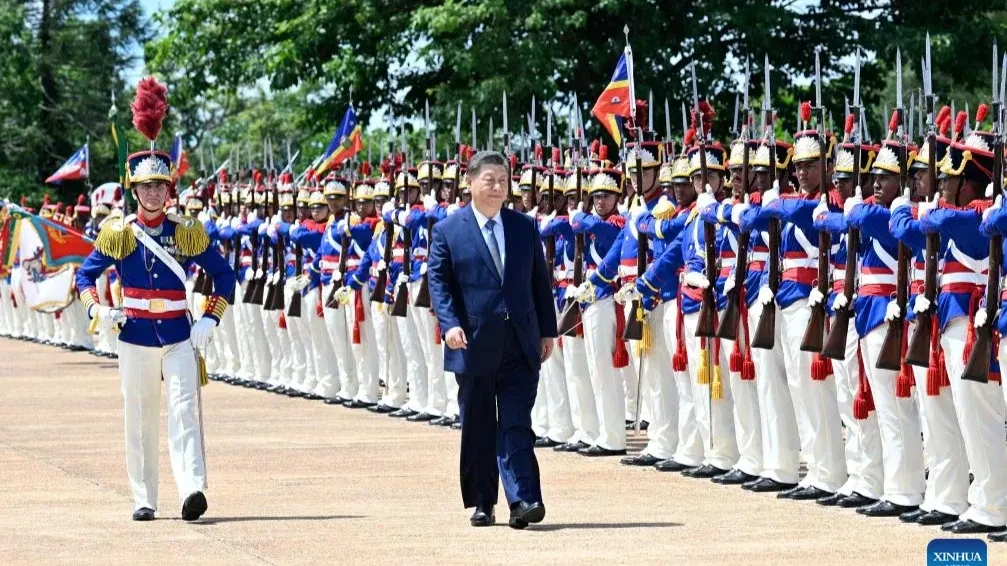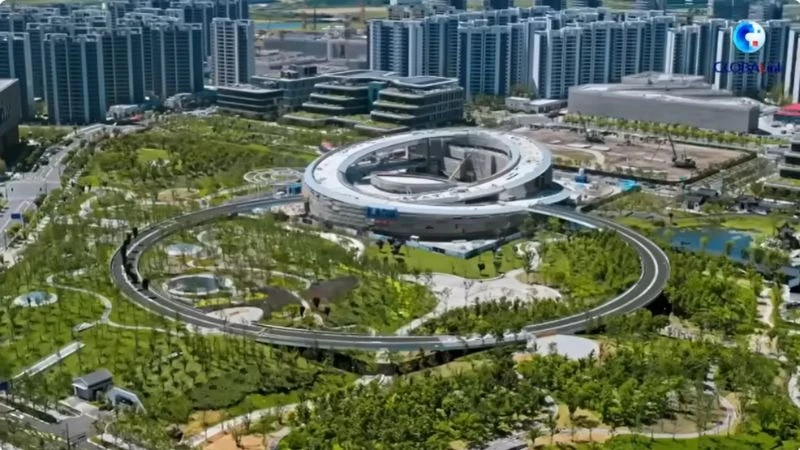India emerges as driving force behind BIMSTEC regional cooperation
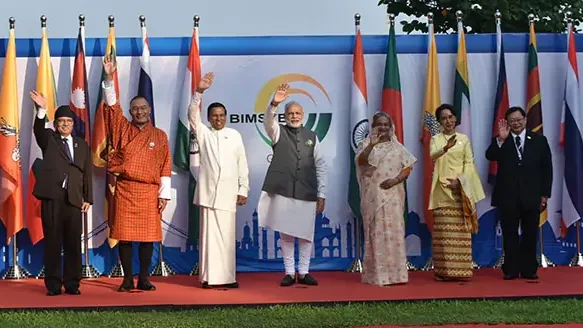
At the recently concluded sixth BIMSTEC Summit in Bangkok, India positioned itself as the key architect for deeper regional integration among the Bay of Bengal nations. Prime Minister Narendra Modi’s proposals at the summit demonstrated India’s commitment to transform the regional bloc into a practical platform for connectivity, trade, and security cooperation.
The Bay of Bengal Initiative for Multi-Sectoral Technical and Economic Cooperation (BIMSTEC), comprising India, Bangladesh, Nepal, Bhutan, Sri Lanka, Myanmar, and Thailand, represents a combined population of 1.73 billion people and a GDP of US$5.2 trillion. As the largest economy in this group, India has taken on the responsibility of providing direction and resources to make BIMSTEC function effectively.
Modi’s address at the summit focused on concrete steps rather than diplomatic rhetoric. He proposed linking India’s Unified Payment Interface (UPI) with payment systems of member nations – a move designed to facilitate seamless financial transactions across borders. This digital payment integration could reduce transaction costs and boost trade, business, and tourism within the region. External Affairs Minister S. Jaishankar emphasized India’s geographical advantage, noting the country’s 6,500-kilometer coastline on the Bay of Bengal. He highlighted how India’s northeastern region is “emerging as a connectivity hub for BIMSTEC, with a myriad network of roads, railways, waterways, grids and pipelines.” The minister’s statement underscored India’s recognition that its economic and security interests are tied to the prosperity of its neighborhood.
India’s focus on developing physical infrastructure reflects its understanding that geography and connectivity are fundamental to regional cooperation. The completion of the Trilateral Highway, which will connect India’s Northeast to the Pacific Ocean, represents what Jaishankar called a “veritable gamechanger” for the region. The summit saw India taking the lead on several fronts. Modi proposed establishing a BIMSTEC Chamber of Commerce and organizing annual business summits to enhance economic engagement. He suggested exploring trade in local currencies, which could reduce dependence on the dollar and build economic resilience. These proposals indicate India’s willingness to use its growing economic strength to foster regional economic integration.
Security cooperation features prominently in India’s BIMSTEC vision. Modi welcomed the institutionalization of the Home Ministers’ Mechanism and offered to host its first meeting in India. This mechanism aims to tackle common threats like cybercrime, terrorism, and human trafficking. By positioning itself as the security partner of choice, India seeks to counter external influences in its neighborhood while addressing genuine security concerns. Modi’s proposal to establish a BIMSTEC Centre of Excellence for Disaster Management in India represents another dimension of leadership. The recent earthquake that affected Myanmar and Thailand highlighted the region’s vulnerability to natural disasters. By offering expertise and resources for disaster preparedness and response, India demonstrates practical solidarity with its neighbors.
India’s leadership extends to digital and energy connectivity as well. Modi offered to share India’s experience in building digital public infrastructure with BIMSTEC countries and proposed a pilot study to understand their specific needs. The BIMSTEC Energy Centre, based in Bengaluru, has begun operations, and Modi called for accelerated efforts toward electric grid interconnection across the region. The Maritime Transport Agreement signed at the summit will strengthen cooperation in merchant shipping and cargo transport. Modi proposed establishing a Sustainable Maritime Transport Centre in India to focus on capacity building, research, and innovation in maritime policy and security. These initiatives reflect India’s commitment to ensuring a “free, open, secure, and safe Indian Ocean.”
Human resource development forms another pillar of India’s BIMSTEC strategy. The launch of the BODHI (BIMSTEC for Organized Development of Human Resource Infrastructure) initiative will provide training to 300 young individuals from member countries each year. India will also offer scholarships at its Forestry Research Institute and Nalanda University, and organize annual training programs for young diplomats. Cultural connections are not forgotten. Modi announced that India would host the inaugural BIMSTEC Traditional Music Festival, highlighting the shared cultural heritage that binds the region. In sports, India proposed hosting the BIMSTEC Athletics Meet this year and the inaugural BIMSTEC Games in 2027, marking the organization’s 30th anniversary.
Nevertheless, Modi and Yunus were seated together at the BIMSTEC dinner in Bangkok, with reports suggesting a possible bilateral meeting to address differences. This willingness to engage, despite tensions, indicates India’s recognition that its leadership role in BIMSTEC requires working with all partners. India’s approach to BIMSTEC reflects a clear understanding that its own development is linked to the prosperity and stability of its neighborhood. By offering concrete proposals for cooperation in trade, connectivity, security, disaster management, and people-to-people exchanges, India has demonstrated that it sees BIMSTEC not merely as a diplomatic forum but as a vehicle for practical regional integration. As Modi stated, “For us, BIMSTEC is not merely a regional organization. It is a model for inclusive development and collective security.” With Thailand handing over the chairmanship to Bangladesh, India’s continued engagement and leadership will be crucial for BIMSTEC’s future effectiveness and relevance.
Top Headlines
© 2025 IPPMEDIA.COM. ALL RIGHTS RESERVED


